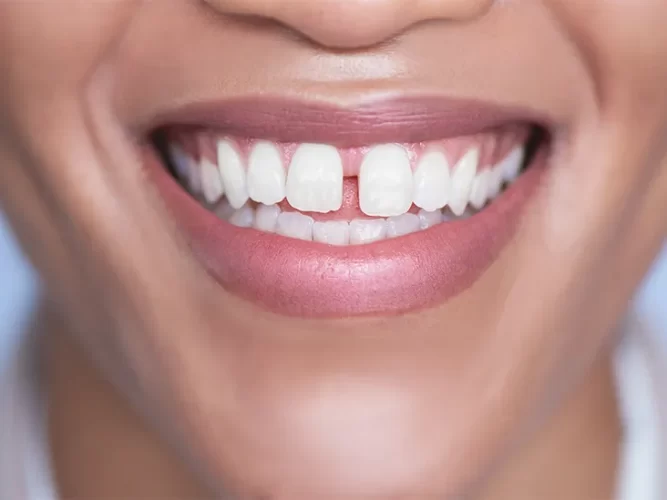Each gum line is unique. There are some that are low, some that are high, some that are in the middle, and others that are rough. If you are unhappy with your gum line, there are several options available to you. The New York periodontal reshaping team offers services that can transform your smile. We will learn more about how periodontal reshaping can transform your smile, recovery time, and the conditions it can treat. Find out more below.
Conditions that gum reshaping treat
Gum diseases, such as periodontitis and gingivitis, will require surgical treatments. Gingivitis is a gum disease that causes bleeding and swelling. For the most part, it occurs due to tartar buildup and poor oral hygiene. Having it treated by a professional can cure this condition.
Periodontitis is a serious gum condition in which gingivitis has worsened, leading to an inflammatory reaction. This reaction destroys tissues and bone. When this reaction occurs, the gums start to separate from the teeth, causing pockets to develop. As a result, bone damage and tooth loss can occur.
When is gum reshaping medically necessary?
Gum reshaping is the most often performed cosmetic surgery on the gums. If you have gum disease, you can try gum contouring as a treatment option. To treat your gums, your dentist will initially explore nonsurgical alternatives. Cleanings of the teeth to maintain gum health and medications to kill infection or germs are examples of this.
If none of this works, your dentist may suggest procedures such as gum pocket reduction surgery to save a tooth. To rebuild injured gum tissue and bone, you may also require a surgery called regeneration.
How long is the recovery period?
After the gum reshaping process, you will have a little downtime for healing, but complete healing takes days or weeks depending on the extent of the procedure. You may have to stop doing your daily activities for a day or two based on the tenderness you have. You should consume soft meals for the first three days following the surgery since your mouth and gums will be sensitive. You will almost certainly require pain medication following the treatment.
Your dentist will provide post-surgery diet instructions and let you know if there are foods you need to avoid during recovery. You will also have two follow-up appointments a few days or weeks after the procedure so that your doctor can check the healing process of your gums and look for signs of infection. Your doctor may prescribe a treatment such as antibiotic mouthwash that kills germs without the burn of alcohol on sensitive gums.
If you don’t like the way your gums and teeth look, talk to your dentist to see if you would be a good candidate for gum reshaping. At 286 Madison Dental and Implant Dentistry, we believe you can get the perfect gum reshaping solution. Periodontal reshaping begins with only one consultation and exam; contact 286 Madison Dental and book an appointment online.

